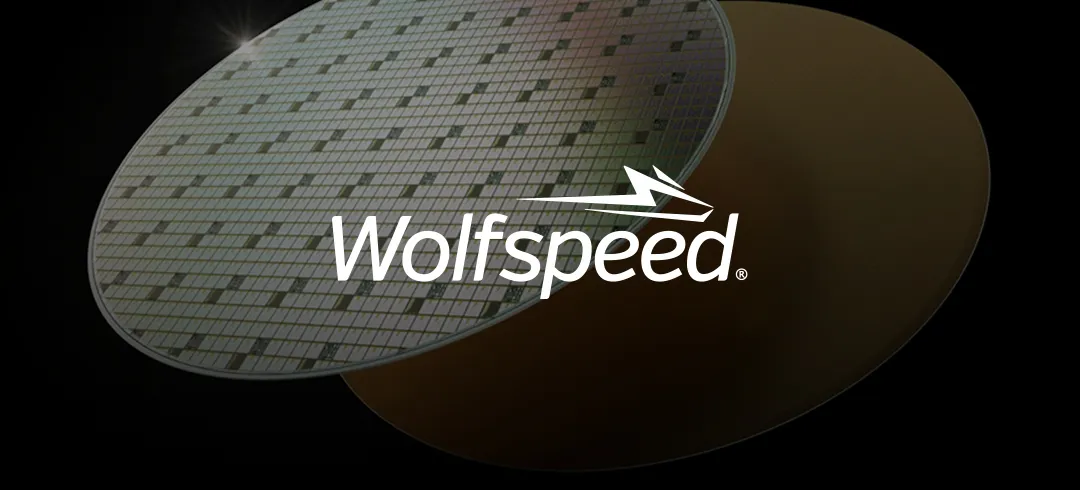Wolfspeed Bankruptcy Signals Major Turning Point for the SiC Semiconductor Industry
Wolfspeed, a long-standing leader in silicon carbide (SiC) technology, filed for bankruptcy this week, marking a significant shift in the global SiC semiconductor landscape.
The company’s downfall highlights deeper industry-wide challenges—slowing electric vehicle (EV) demand, intense price competition from Chinese suppliers, and the risks associated with aggressive expansion.
Bankruptcy and Restructuring
As a pioneer in SiC technology, Wolfspeed has initiated a restructuring support agreement aimed at reducing approximately 70% of its outstanding debt and cutting annual cash interest payments by around 60%.
Previously, the company had faced mounting pressure due to heavy capital expenditures on new facilities and increasing competition from Chinese SiC suppliers. Wolfspeed stated that this proactive measure will better position the company for long-term success and help maintain its leadership in the SiC sector.
“In evaluating options to strengthen our balance sheet and realign our capital structure, we chose this strategic step because we believe it best positions Wolfspeed for the future,” said CEO Robert Feurle in a statement.
Wolfspeed emphasized that it will continue normal operations during the bankruptcy process, maintain customer deliveries, and pay suppliers for goods and services as part of standard business procedures.
Overinvestment and Market Headwinds
In addition to growing Chinese competition, Wolfspeed may have overinvested in SiC capacity, banking too heavily on sustained EV market growth.
While EV adoption continues globally, the pace has slowed in several major regions. This slowdown may have contributed to Wolfspeed's inability to generate sufficient revenue to meet debt and interest obligations.
Despite current setbacks, the long-term outlook for SiC technology remains positive, fueled by rising demand in EVs, renewable energy infrastructure, and AI-powered data centers.
China’s Rise and the Price War
According to Nikkei Asia, Chinese companies have aggressively expanded into the SiC sector, pushing prices to historic lows. Wolfspeed’s 6-inch SiC wafers once sold for $1,500; Chinese rivals now offer similar products for as little as $500—or even less.
Market research firm TrendForce reports that Wolfspeed held the largest market share in 2024 at 33.7%. However, China’s TanKeBlue and SICC are quickly catching up, with market shares of 17.3% and 17.1%, respectively.
Renesas Exits the SiC EV Market
Wolfspeed’s bankruptcy has also impacted its partners. Japanese chipmaker Renesas Electronics had signed a $2.1 billion wafer supply agreement with Wolfspeed to scale up its SiC power semiconductor production.
However, due to weakening EV demand and growing Chinese output, Renesas announced plans to exit the SiC EV power device market. The company expects to take a loss of approximately $1.7 billion in the first half of 2025 and has restructured the agreement by converting its deposit into Wolfspeed-issued convertible notes, common stock, and warrants.
Infineon, CHIPS Act Complications
Infineon, another major Wolfspeed customer, also faces uncertainty. It had signed a multi-year capacity reservation agreement with Wolfspeed to secure SiC supply. Whether this agreement remains valid amid bankruptcy proceedings is unclear, though Wolfspeed has pledged to continue fulfilling customer orders.
Additionally, Wolfspeed failed to secure funding under the U.S. CHIPS and Science Act in March. This was reportedly the largest single funding rejection to date. It remains uncertain whether the grant request is still under review.
Who Stands to Benefit?
According to TrendForce, Chinese developers are likely to continue growing—especially given China’s dominance in the global EV market. However, non-U.S. suppliers such as STMicroelectronics, Infineon, ROHM, and Bosch may also gain ground by offering alternative supply chains and partnering with automakers to challenge China’s localization strategies.
Related Products
Post time: Jul-04-2025



